Rising Interest Rates
Thanks to manufacturing backlogs, transportation delays, and other impacts of Covid-19, it’s no surprise that inflation soared by 7% in 2021. To combat the pinch of rising prices in consumer wallets, the U.S. Federal Reserve has begun raising interest rates. But what’s the relationship between interest rates and inflation – and what does this mean for you?
What is Inflation?
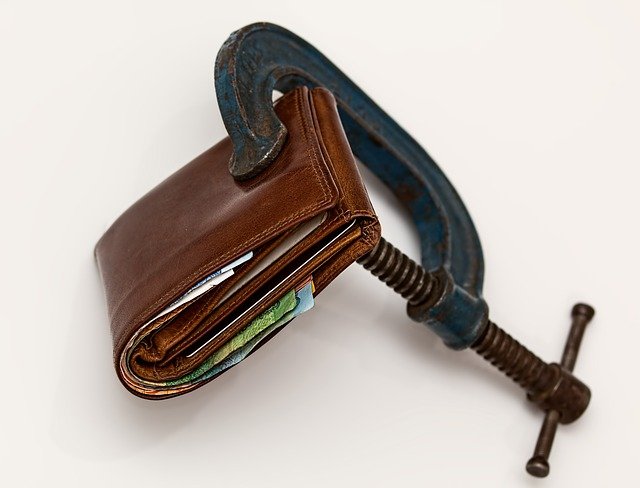
Inflation is the increase in the price of various goods and services over time. Essentially, inflation wears down the value of a dollar so that eventually, one dollar buys less than it used to.
While some inflation is good for economic growth, too much leads to sky-high prices and even kickstarts a recession. The Federal Reserve uses monetary tools to bring inflation down – mainly by increasing interest rates to prevent this outcome.
What is the Federal Reserve?
The Federal Reserve (or simply “the Fed”) is the United States’ central bank authority. It’s tasked with providing the country with a stable – yet flexible – financial and monetary system. Some of the Fed’s primary goals include:
- Supervising the banking industry
- Moderating inflation, unemployment rates, and encouraging price stability
- Addressing economic risks (such as high inflation or recessions)
One of the Fed’s primary concerns is handling the sky-high inflation affecting the price of everything from used cars to beef. Let’s look at how that happens.
Examining the Federal Funds Rate
Technically, the Federal Reserve only changes one interest rate: the federal funds rate. This is the interest rate that banks charge each other to borrow money overnight. Changing this interest rate also affects how much the Fed pays banks for holding extra cash in reserve to cover significant withdrawals.
When the Fed raises the federal funds rate, two things happen. First, banks have to pay more to borrow from each other. Second, banks earn more money from the Fed by letting money sit in reserve.
As a result, consumer lending is seen as a riskier business. After all, if a bank earns a guaranteed 4% from the Fed, why lend to consumers at 3% and lose money, or even 6%, and risk the borrower defaulting?
While simplified, this example shows the primary mechanism the Fed uses to change economy-wide interest rates. Raising the federal funds rate leads to a rippling effect as lenders charge more on everything from mortgages to credit cards.
What Happens When the Fed Raises Interest Rates?
So, now we know how the Fed raises interest rates. But why does that slow down inflation?
It’s pretty simple. Because interest rates are higher, everyone pays more to borrow money, from individuals to big businesses. This results in fewer people taking out loans or using credit cards. Additionally, because companies pay more for loans, they may slow down growth or hire fewer employees.
At the same time, banks may pay higher interest rates on savings accounts, which encourages saving instead of spending.
Since these impacts spread nationwide, economic activity slows down across the board. People and businesses spend less money, which decreases the demand for goods and services. In turn, prices may stop rising or fall, which curbs inflation or could even lead to deflation (falling prices).
How Do Higher Interest Rates Affect You?
When the Fed raises the federal funds rate, the impact dominoes throughout the economy. Let’s examine some of the most prominent ways that higher interest rates affect you as a consumer.
Credit Cards
Credit cards usually charge variable interest rates that change regularly. As a result, credit card interest rates almost always go up when the federal funds rate goes up. Higher rates may take a few statement cycles to kick in, giving you time to pay off your balance or move to a lower-rate card.
Savings Accounts
Savings accounts have paid meager interest rates in the past couple of decades. But with the rising federal funds rate, banks may start to pay higher interest on savings accounts. In comparison, the increase will likely be marginal at first. Every penny counts!
Home Loans
Mortgage interest rates have already begun rising in recent months, but more increases may be needed. You’re most likely to see these changes in new loans and increased interest rates on variable-rate mortgages. You’re probably counting your lucky stars if you have already locked in your home mortgage rate.
Investments
If you’re invested in the stock or bond market, you may notice unusual fluctuations over the next few months.
Interest rates don’t technically impact stock prices directly. But if businesses post smaller profits because of rate hikes, investors may get spooked, leading to stock price changes.
On the other hand, bond prices and interest rates usually move in the opposite direction. When interest rates rise, bond prices go down, and bonds may not be as attractive to own.
Higher Interest Rates Will Take Time to Work
It’s worth saying that while interest rates are going up, you may not see the effects overnight. It usually takes several months for an increase to weasel throughout the economy, which means inflation may slow gradually while rates rise. Still, it’s good to prepare your finances for higher rates by paying off your debts or locking in lower rates while you can!
Schedule a Consultation With Our Attorneys
If inflation and rising interest rates are affecting your budget and you need some advice, reach out to our experienced bankruptcy attorneys in Mississippi. We can help you come up with a great solution for your financial needs.
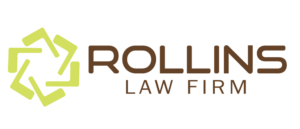
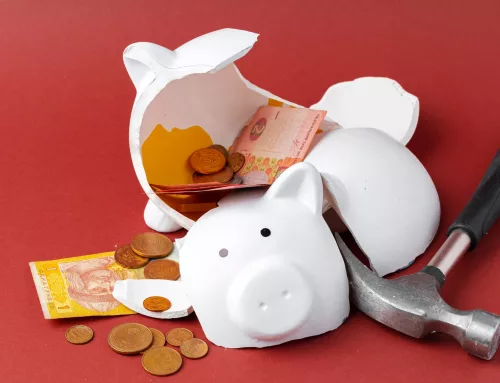

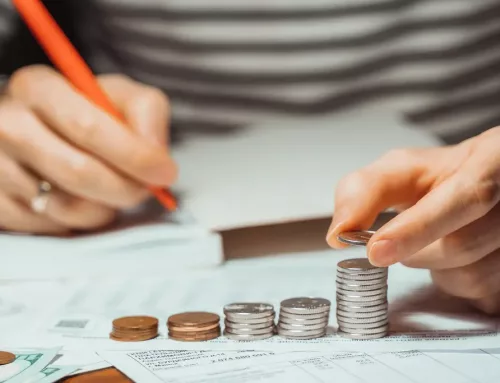


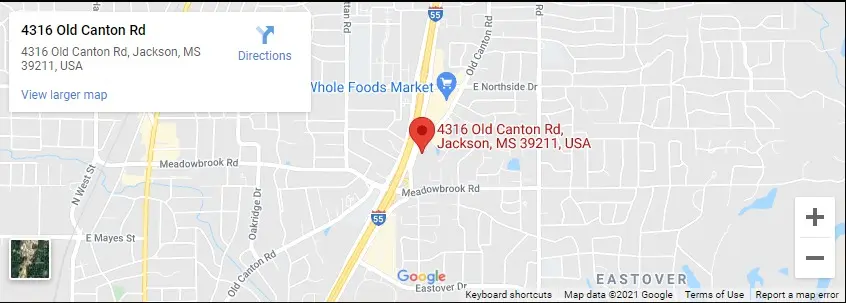
Connect with Us